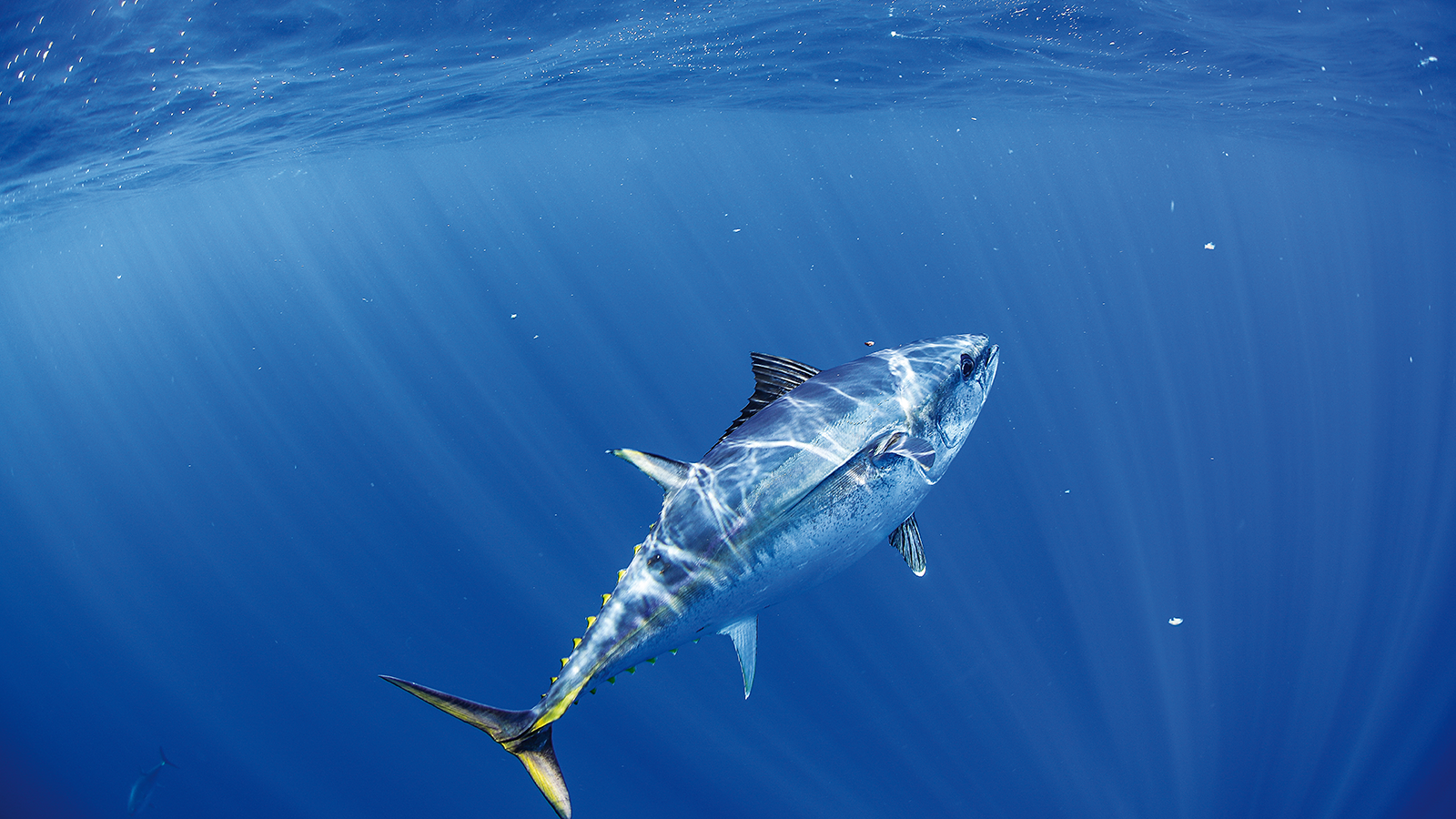The heritability of resistance to AVG in Australian Haliotids remains unexplored, but resistance to other viral diseases is heritable in fish and shellfish, and large scope for genetic improvement to buffer farmed populations against the effects of viral diseases has been demonstrated in other species [2-4]. Challenge tests performed on New Zealand paua (Haliotis iris) and Japanese disc abalone (H. discus) indicate complete immunity to AVG [5, 6]. More recently, genetic signatures of rapid selection in AVG virus affecting Australian Haliotid populations have been found, and some genes have been implicated that may have a large effect on the trait [7]. Consequently, there is the possibility of harnessing AVG resistant genotypes for the genetic improvement of farmed Australian abalone, although further work is needed to validate the presence of resistance and the heritability of the trait. Genomic selection is now being implemented by the abalone industry for improving growth rate (PI's work with Yumbah), and genomic selection has proven to be especially advantageous in instances when trait heritability is low and the trait is affected by many genes of small to moderate size effect on resistance (e.g. for white spot syndrome virus resistance in white-legged shrimp [8]). In instances in other species where there are genes of very large effect on the trait (eg. for infectious pancreatic necrosis in Atlantic salmon [9-12]) marker assisted selection has proven to be highly effective [13-15]. We have designed a single experiment that will allow us to investigate the possibility for these approaches and evaluate how effective one round of selection for AVG resistance could be.
Project number:
2024-030
Project Status:
Current
Budget expenditure:
$247,099.00
Principal Investigator:
Nicholas A. Robinson
Organisation:
Deakin University Geelong Waurn Ponds Campus
Project start/end date:
14 Nov 2024
-
15 Jun 2028
Contact:
FRDC
TAGS
SPECIES
1. To perform an AVG challenge test in La Trobe’s biosecure lab collecting survival data from offspring (G0) of multiple greenlip and/or blacklip families
2. To genotype all offspring challenge tested, and a group of unchallenged offspring (candidates for breeding genotyped by the farms), using approx. 29,000 single nuclei polymorphisms for genomic predictions and estimation of viral load (in tentacle)
3. For 20 randomly selected survivors and 20 randomly selected dying abalone, to dissect and test the ganglion neurone to quantify load of the virus for comparison to ddRADseq quantification of load in the tentacle.
4. To characterise the genetics of resistance to AVG (heritability and correlation to growth rate)
5. To search for loci (QTL) in the genome and underlying genes associated with resistance. Check if genes underlying QTL correspond with signatures of selection found in wild surviving AVG infected populations [7]
6. To predict the accuracy and expected genetic gain achievable from genomic selection or marker assisted selection
7. To provide data to estimate the genomic breeding value of G0 candidates and suggest the best individuals, and mate pair combinations, for mating (marker assisted and/or genomic selection)
8. To predict the expected response in terms of improved AVG resistance in G1 from the matings of G0 performed on farm
9. To check genetic associations hold in blacklip and hybrid abalone (if these were not tested in phase 1)
10. To evaluate the realised response to marker and/or genomic selection for AVG resistance in the G1 offspring

PROJECT NUMBER
•
2018-097
PROJECT STATUS:
COMPLETED
Survey of Enterprise-level Biosecurity across the Australian Aquaculture Industry
1. To better understand the level of biosecurity knowledge farm owners/managers have in each sector.
ORGANISATION:
Instinct and Reason

PROJECT NUMBER
•
2017-117
PROJECT STATUS:
COMPLETED
Identification of differentially expressed innate immune genes in the New Zealand paua (Haliotis iris) and the Australian hybrid abalone (H. laevigata X H. rubra) upon immersion challenge with the abalone herpesvirus-1 (HaHV)
1. Define the time-line of an anti-viral response in the paua and Australian hybrid abalone for the first-time, utilising real-time PCR, and a set of known anti-viral effector genes.
ORGANISATION:
CSIRO Australian Animal Health Laboratory

PROJECT NUMBER
•
2016-245
PROJECT STATUS:
COMPLETED
Development of sector-specific biosecurity plan templates and guidance documents for the abalone and oyster aquaculture industries
1. To develop an industry-endorsed, sector-specific biosecurity plan and relevant guidance documents for the Australian farmed abalone industry (land-based).
ORGANISATION:
Department of Primary Industries and Regions South Australia (PIRSA)






